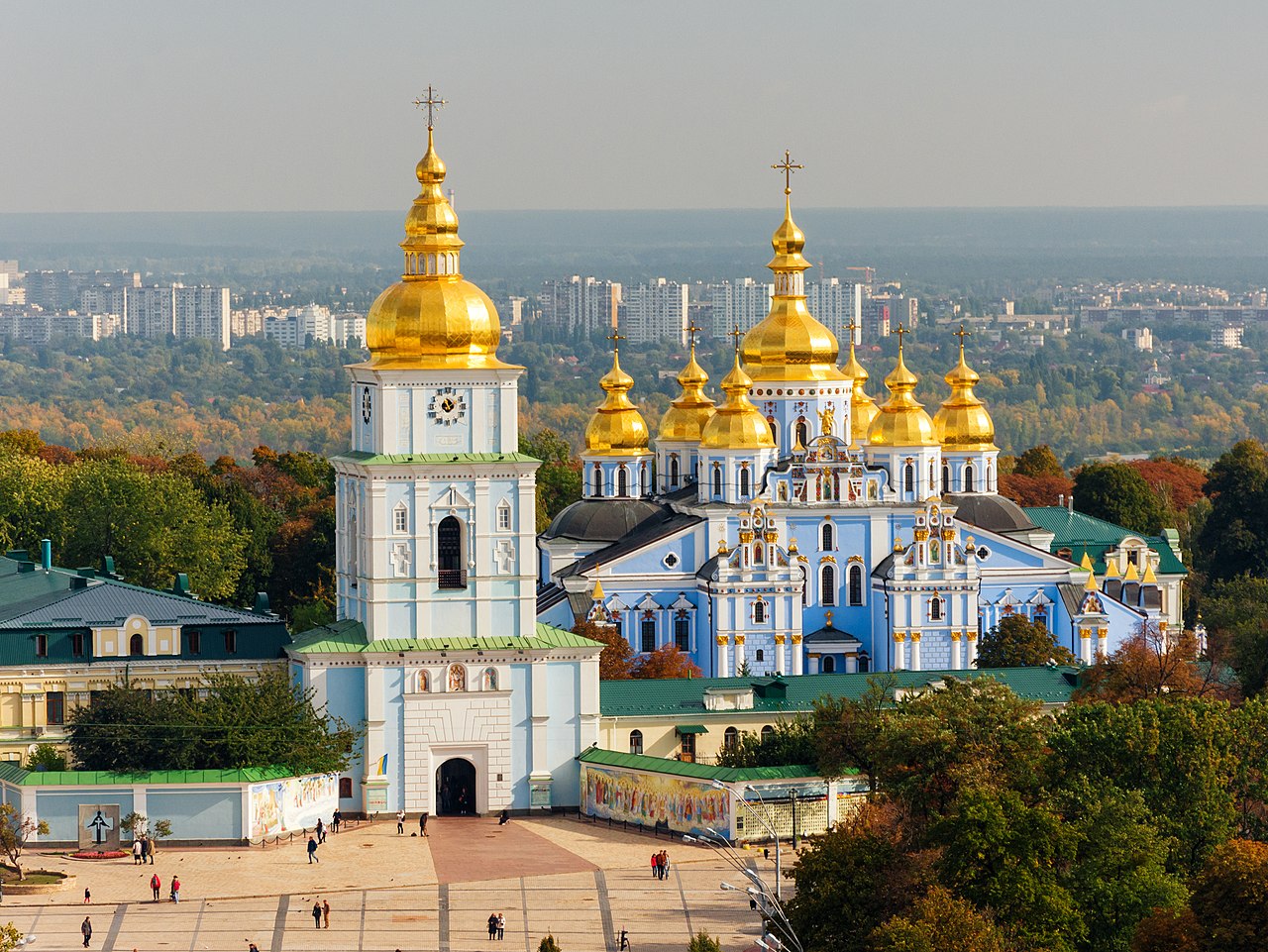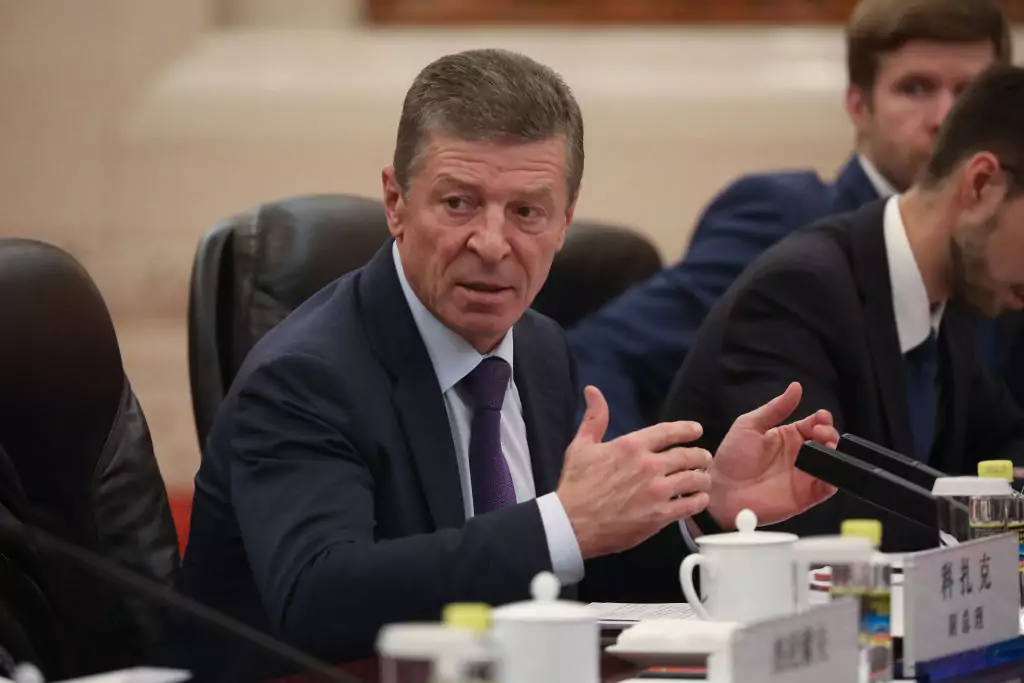
Religious Life On the Rise in Ukraine, With Enormous Consequences for Kyiv and Moscow
Religious Life On the Rise in Ukraine, With Enormous Consequences for Kyiv and Moscow
Executive Summary:
- Since February 2022, the number of parishes and other religious institutions in Ukraine has risen by almost 10 percent, with most growth occurring in Catholic and Protestant denominations.
- The Ukrainian Orthodox Church of the Moscow Patriarchate has lost more than 1,000 parishes and even more believers to the autocephalous Orthodox Church of Ukraine and has become a shell of its former self.
- Both these trends are reducing still further the Kremlin’s ability to use the Moscow church in Ukraine to expand Putin’s “Russian world” and highlight Ukraine’s shift to the West in religious as well as political terms.
Few atheists can be found in foxholes, and the populations of countries at war typically become more interested in religion. Ukraine today is a classic example. Since February 2022, the number of religious organizations in Ukraine has jumped by more than 3,000 to 36,195. This is according to data released at the end of May by Kyiv’s State Service on Ethnopolitics and Freedom of Conscience (Data.gov.ua, accessed June 6). Over the same period, the Ukrainian agency’s figures indicate that approximately 1,000 of the parishes that had belonged to the Ukrainian Orthodox Church of the Moscow Patriarchate have shifted their allegiance to the autocephalous Orthodox Church of Ukraine (OCU) [1]. Despite that trend, however, the Moscow church still has more religious organizations than the Kyiv church—29 percent compared to 22 percent.
These statistics, however, focus on structures rather than identification and church attendance and, therefore, are misleading. They overstate the size of the Russian church while minimizing that of its Ukrainian Orthodox competitor. These figures also understate the rise of other non-Orthodox Christian denominations in Ukraine. A survey taken at the end of 2023 found that only 5.6 percent of Ukrainians identify with the Moscow Patriarchate, while 42.2 percent said they are part of the OCU. Another 11 percent said they were followers of the Ukrainian Greek Catholic Church, and nearly 40 percent identified with other Christian denominations or none at all (Razumkov Center, December 26, 2023).
On the one hand, these figures mean the Moscow church is increasingly becoming a shell of its former self, with the hierarchy keeping open and counting parishes few Ukrainians attend. On the other hand, they suggest that the real rise in religious life in Ukraine since Moscow’s war began has not been so much in the autocephalous church, though attendance has risen. Nor has it been the case among the Uniates, who are Christian Orthodox in practice but are subordinate to the pope in Rome. Their share of the Ukrainian population has remained largely unchanged. Instead, more Ukrainians are now orienting themselves toward or even becoming members of Roman Catholic and Protestant denominations.
Many observers have failed to take note of this change and have focused instead on the contest of the two Orthodox churches both within Ukraine and between Ukraine and Russia in the Orthodox world as a whole. This has been the case ever since the Ukrainian church gained autocephaly and thus independence from the Moscow church in 2018—at the time, an important indicator of Kyiv’s shift away from Moscow (see EDM, September 23, 2018, April 10). That approach has unfortunately become more widespread as the Moscow Patriarchate has grown more bellicose in its support for President Vladimir Putin’s war against Ukraine.
The Ukrainian government, in response, has put the power of the state behind the Ukrainian church while actively attacking the Moscow church (Dess.gov.ua, January 27, 2023; see EDM, March 7, 2023, February 13; Novaya Gazeta, May 29). The Kremlin has good reason for that. Measured by the number of parishes and other religious institutions that have chosen to subordinate themselves to Kyiv rather than Moscow, the Russian campaign has only partially succeeded. Measured by the number of Ukrainians who identify with one side rather than the other, however, it has been remarkably successful and has impacted Orthodox believers throughout the post-Soviet space (see EDM, December 8, 2022).
Moscow continues to be alarmed by and regularly attacks the autocephalous Kyiv church, seeing the independence of Orthodoxy in Ukraine as a direct threat to Putin’s aspirations. The Kremlin, if anything, is perhaps even more alarmed by the spread of Roman Catholicism and Protestantism among Ukrainian believers, which is concentrated in Ukraine’s western regions but not restricted to those areas. The Kremlin has long viewed these denominations as even more hostile to its interests than even autocephalous Orthodox churches in the post-Soviet space. Such fears lie behind Moscow’s continuing celebration of Prince Alexander Nevsky’s alliance with the Mongol Horde in the 13th century against the Roman Catholic crusade in the Baltic region and its continuing attacks on Roman Catholicism in Poland, Lithuania, and Belarus. The Kremlin regularly expresses fear about the spread of Roman Catholicism across the post-Soviet space and in Russia itself. These attacks are understandable, given the opposition of such groups to Putin’s authoritarianism (Window on Eurasia, November 29, 2019, April 9, May 27, 2023).
Lying behind those growing fears is an even greater one for Moscow—a fear discussed most usefully by Russian commentator Vladislav Inozemtsev in an important but largely neglected article last year. Writing in Neprikosnovenny zapas, Inozemtsev argued that Putin’s efforts to correct what the Kremlin leader views as “the greatest geopolitical catastrophe of the 20th century” (i.e., the disintegration of the Soviet Union) are unintentionally triggering something that may be even more profound—namely, “the greatest ethno-social crisis of the 21st century.” Specifically, this refers to the collapse of the model of relations between state and religion that has dominated Russia for centuries. As part of that model, religion subordinates itself to state power and simultaneously transforms identification with and loyalty to the state into a religious principle (Magazines.gorky.media, February 2023)
Inozemtsev suggests that in the Christian West, over the past 500 years, “wars between individual Catholic countries were conducted dozens of times without destroying church unity.” In Eastern Christendom, however, “Orthodoxy always split into parts as soon as attempts were made to establish an empire out of relatively separate peoples or those attempting to form independent states.” Sometimes, such efforts have driven whole nations to shift from Orthodoxy to Roman Catholicism and Protestantism, ultimately undermining the countries that have engaged in such imperial projects. Unfortunately, he continues, “the Kremlin and the Russian Orthodox Church have not learned from such earlier cases and are now engaged in actions that will lead not only to the demise of a Russian church extending beyond the borders of a Russian state but likely to something even more profound—the undermining or even destruction of the basis of state loyalty within Russia.”
Should that be the case, the latest data from Ukraine on changing religious identities points to an even more fundamental shift in Kyiv’s orientation than many now think. That trend may lend itself to the transformation of Russia itself—something that helps explain why Putin views what he is doing as existential for Russia and why what he is doing makes that even more likely.
[1] An Autocephalous church is a hierarchical Christian church whose head bishop does not report to any higher-ranking bishop. The autocephalous Ukrainian Orthodox Church, which was officially recognized by the Ecumenical Patriarchate of Constantinople in 2018, is headed by Metropolitan Epiphanius of Kyiv and All Ukraine.


